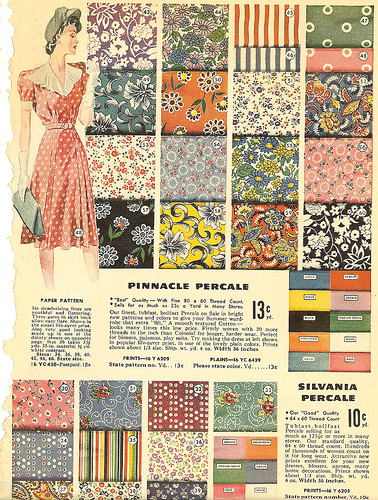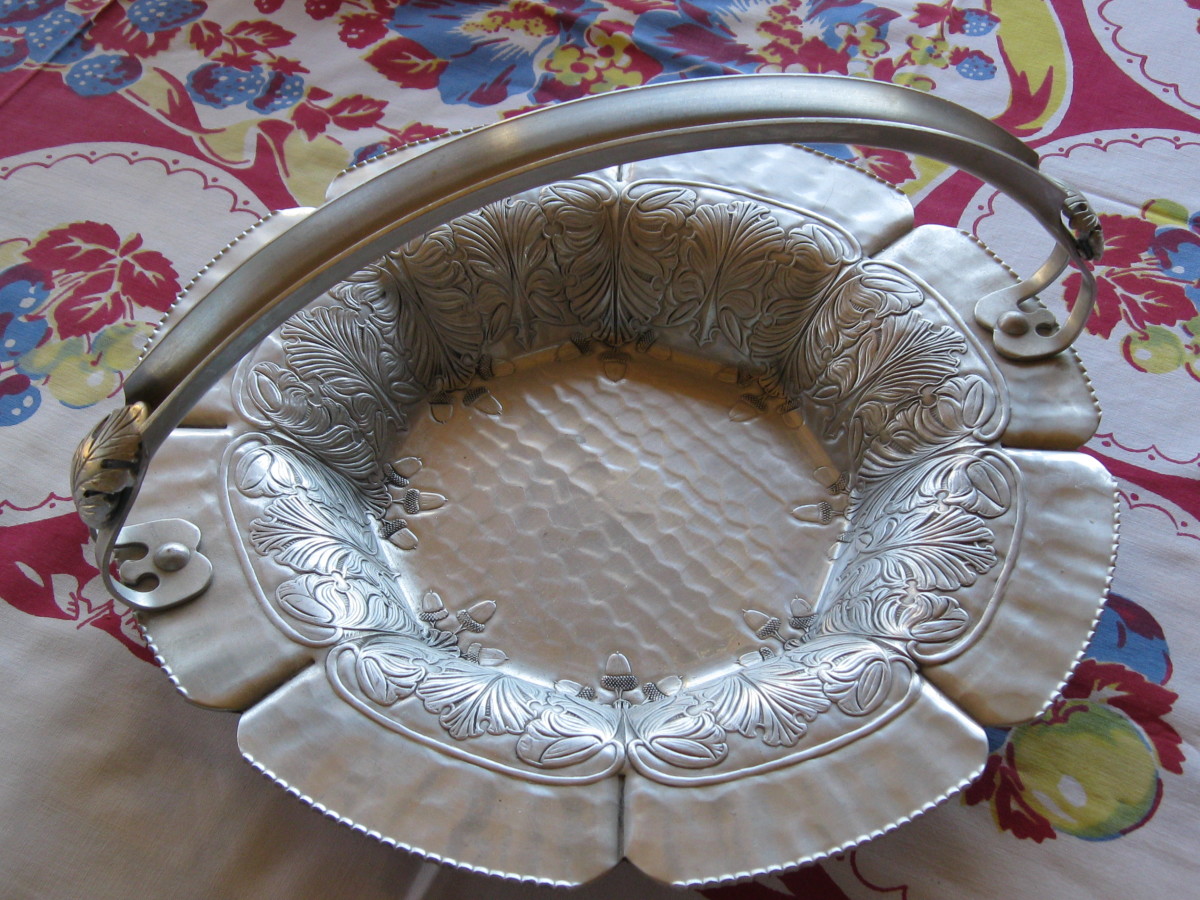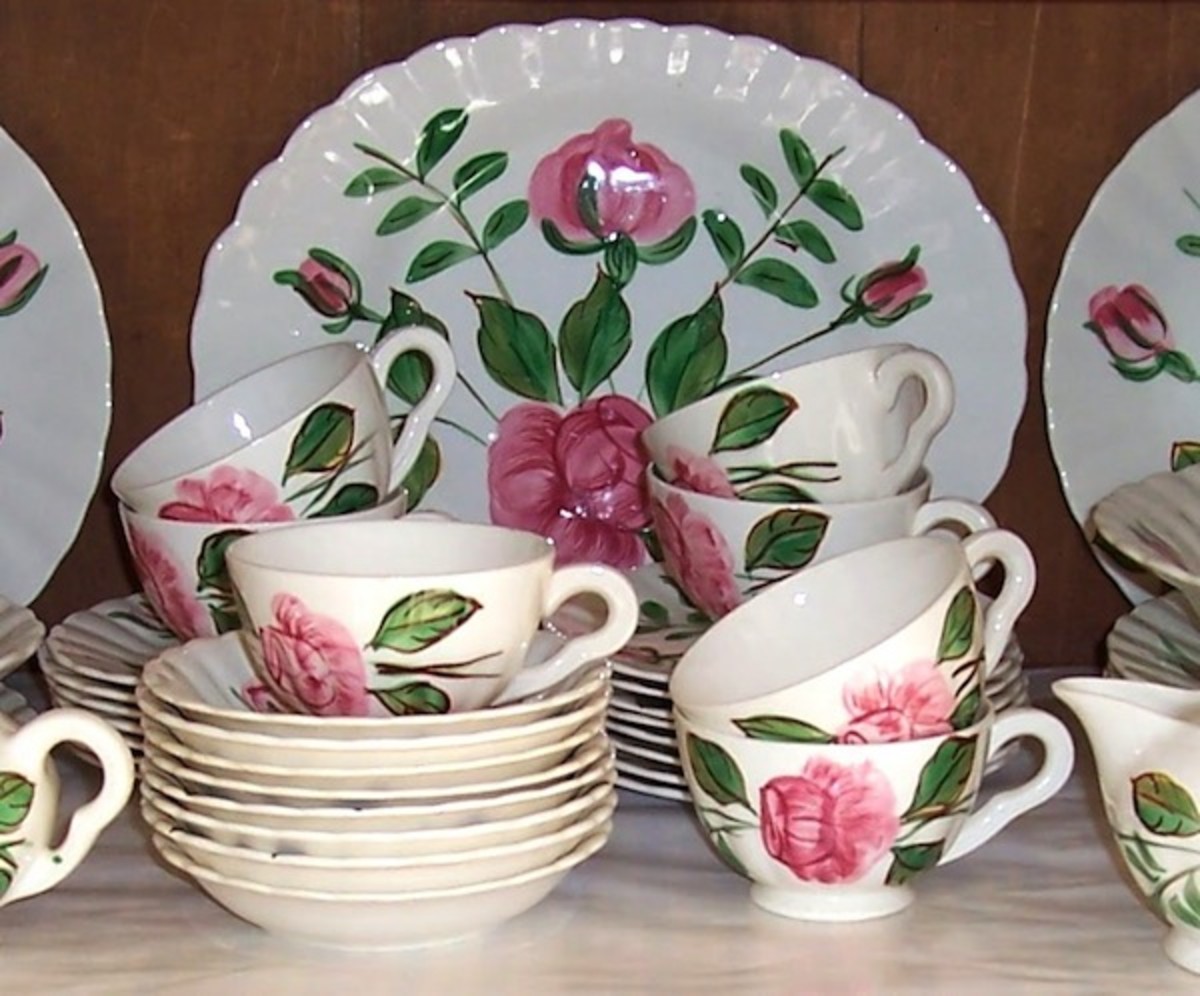Memories Made Manifest: Collecting Print Catalogs

© 2012 by Aurelio Locsin.
The world’s biggest catalog of clothing, furniture, cars and other goods is the Internet. You’ll find pictures and descriptions of items from every store on earth, from the comprehensive Amazon to small crafters on Etsy. And yet, in many ways, the Internet is useless for researching the history of these items because as soon as the product is sold out or becomes outdated, it disappears from the web page. In addition, you can’t tell how many times the text has been altered from the original to suit contemporary tastes.
Catalogs
Print catalogs form a snapshot of a particular point in time because they show the exact products, pictures and text that people looked at back in the day. They remain unchanged and unedited through the years and so are reliable indicators of the past. They also become more valuable because most people throw them away. Print catalogs are also becoming rarer as more and more merchants forego the expense and inconvenience of paper production in favor of the immediacy and instant updating available from the Internet.
Memories
You can also bring back the memories with a particular printed document. Perhaps you recall looking at prom dresses from a particular store’s line just before that event occurred in your life. Looking at the same catalog many years later brings you back to that moment, perhaps evoking not just the visuals of the clothing but also the softness of your mattress as you flipped the pages on your bed, the sound of birds chirping on the tree outside your window and even the smell of your room. Very few objects can bring back those memories with such clarity.
Tips
Collecting catalogs can be an expensive proposition if you decide to go for historical versions, such as the Sears Fall/Winter Annual from 1939. They have already become rare and unavailable. But getting started can cost nothing, if you collect contemporary versions.
- Don’t try to collect everything or you’ll quickly run out of space. Decide on a specialty and collect only catalogs related to that specialty. You might find it more interesting to concentrate on items that change quickly such as women’s clothing, computers or cars, rather than on things that are unchanging such as tables.
- If you want a comprehensive view of a period, specialize in just one year. You can then collect everything produced in that year. Other options you might consider are catalogs produced on specific holidays such as Christmas.
- To see what types of catalogs are available, go to an aggregator’s website such Catalogs.com, which categorizes the tomes and has a search function. Many of the catalogs are free. However, even the ones that cost can sometimes be had at no cost, if you call the company directly and ask for a sample.
- Print catalogs are meant to be temporary and can be printed on paper that disintegrates with time. The only way to avoid their eventual destruction is to store them in the same way that antique magazines and valuable comic books are kept. At the very least, separate each document from the other using an acid-free piece of paper or backer board. These are usually available in craft stores, collectible shops or office suppliers. You can also put each item inside a mylar sleeve. If you notice any yellowing of the paper, board or sleeve, you’ll need to change them to eliminate the acid that has leeched out.
- Store your collection in a cool place that is 70 degree Fahrenheit or less. A constant humidity of about 50-60 percent is ideal. Wetter conditions may produce mold and dryer conditions may make the catalog paper more brittle.
- Wash your hands and dry them thoroughly before paging through your collection. The best option is to wear latex gloves when handling.
- If there’s a particular catalog or version that you can’t find, check Ebay and other auction sites. You can generally buy catalogs that are only a few years old for a low price.
- A catalog from a particular year can be a great gift for an anniversary, birthday or other commemoration. Check out Time Travel for Baby: Making A Time Capsule or Memory Box for Newborns – Part I for one gift suggestion.








